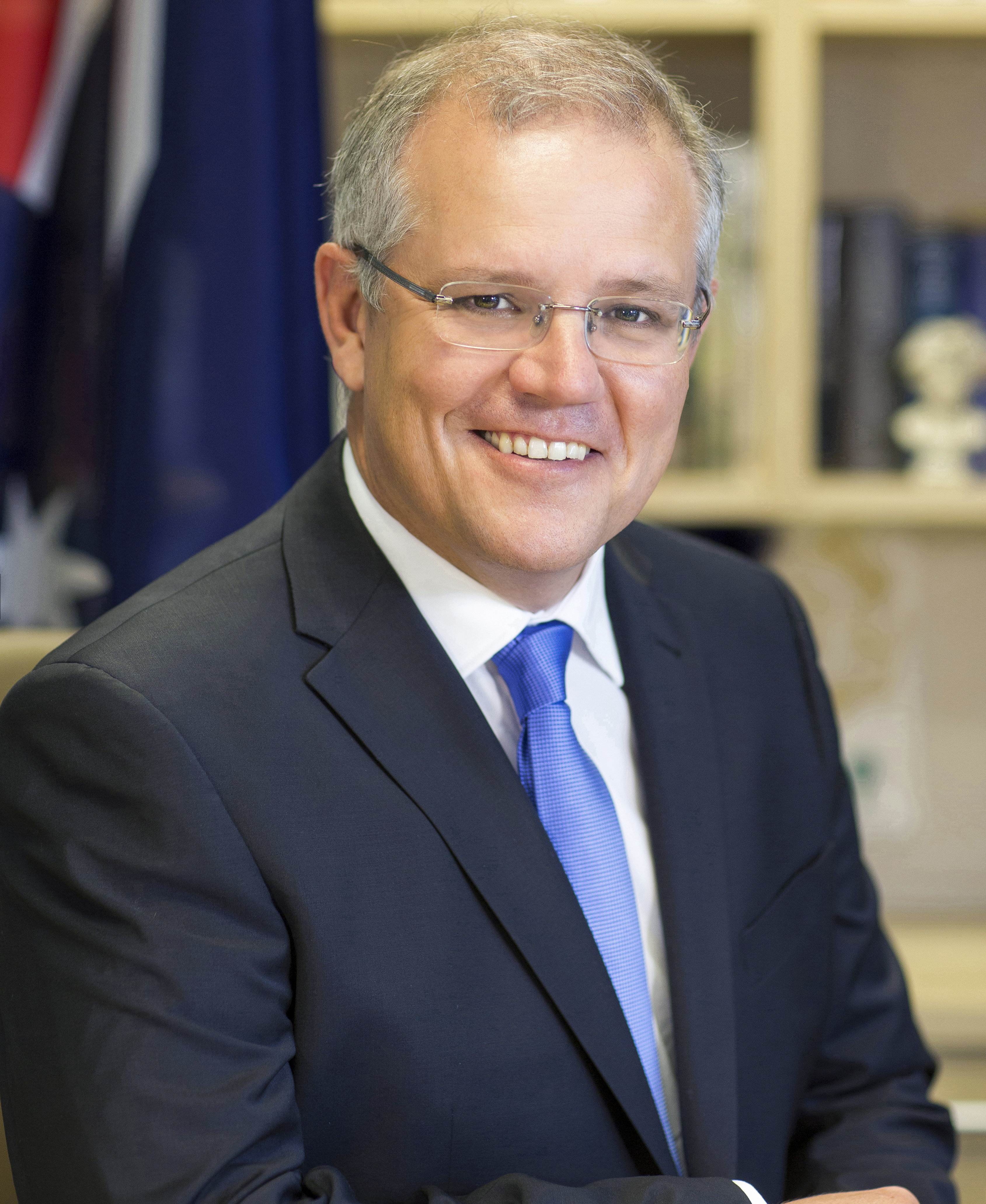Liberal Party is a center-right Australian political party. It promotes individual initiative and private enterprise. Despite its name, it is generally conservative on social issues. It works in association with the National Party. The two parties have formed coalition (partnership) governments, with the Liberal Party leader serving as prime minister. Such coalition governments usually support limited federal interference in state and local politics. In foreign policy, they tend to back free trade and close ties with the United States.

Traditionally, the Liberal Party has relied heavily on its leader to determine the direction of party policy. Liberal support has come from urban middle-class voters. Since the late 1900’s, the party has gathered increasing support from rural Australians and from suburban middle-class voters known as aspirationals (individuals trying to reach a higher economic and social status).
The Liberal Party exists at the national and state levels. The party’s Federal Council is responsible for the constitution and platform of the national party. It includes delegates from each state and from the Australian Capital Territory (ACT). Liberal members of Parliament elect a national party leader and deputy leader. The six Australian states and the ACT have independent divisions of the party with their own constitutions. The Country Liberal Party of the Northern Territory has links with the Liberal Party.

In 2018, Scott Morrison succeeded Turnbull as leader of the Liberals and became prime minister. Morrison remained in office as prime minister after leading a Liberal and National coalition to victory in a 2019 general election. In the 2022 election, the ALP won more seats than any other party, and Labor leader Anthony Albanese succeeded Morrison as prime minister. Following the election, Morrison stepped down as Liberal Party leader. The Liberals chose Peter Dutton, a former defense minister, as their new leader.
